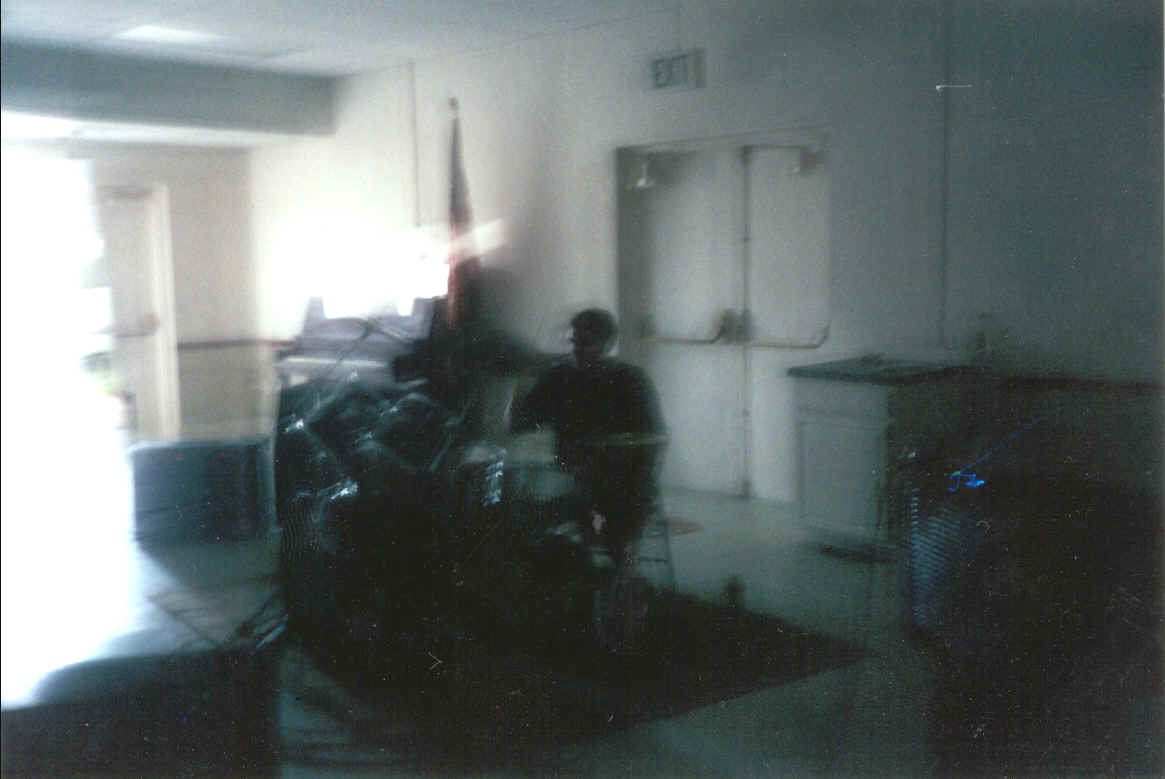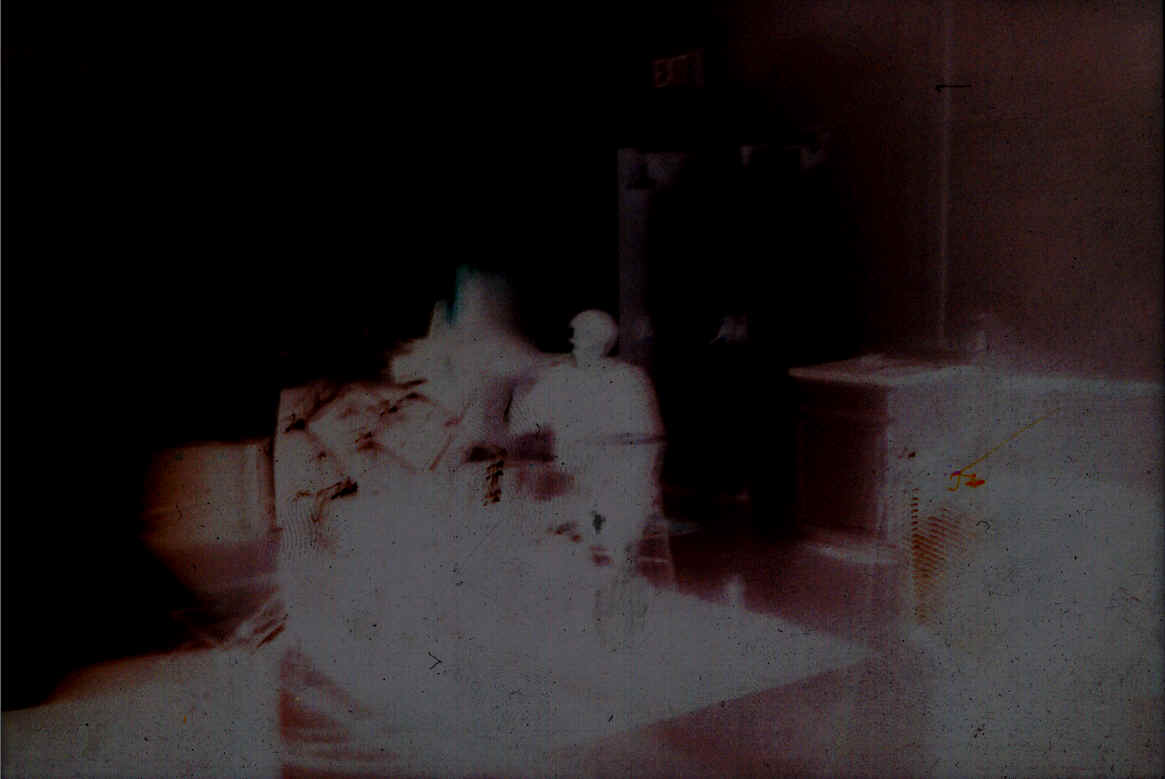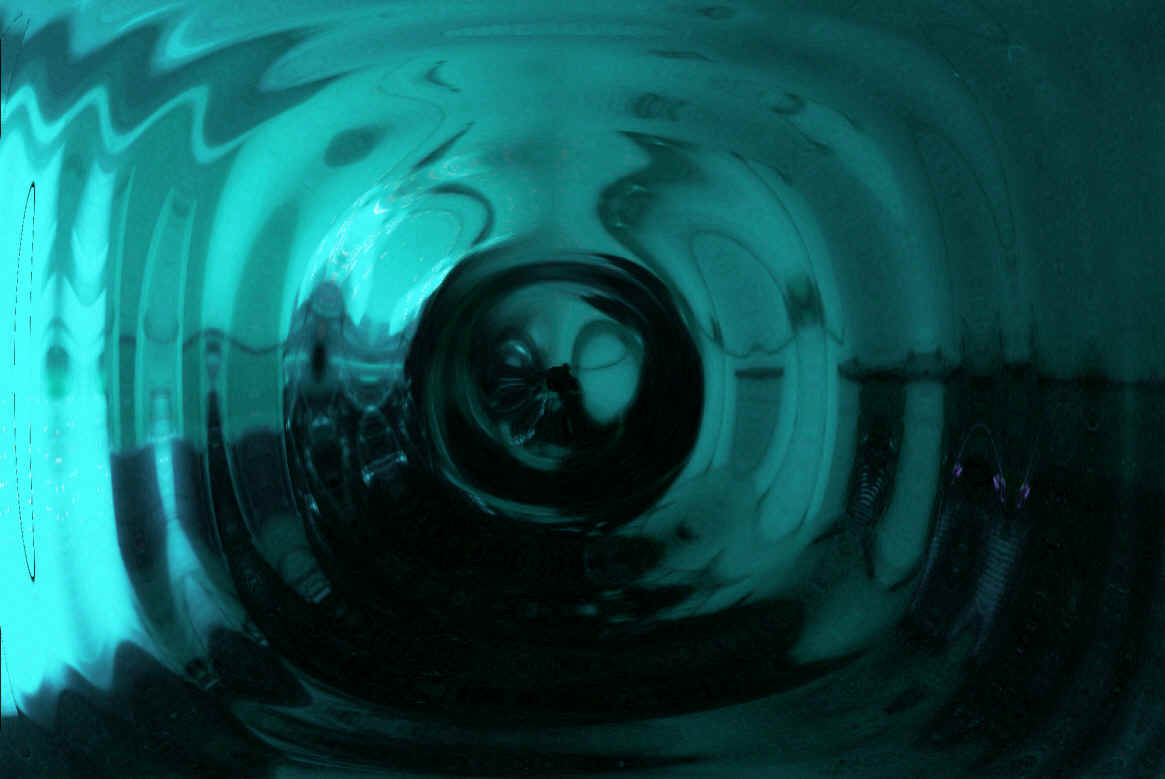Aerials:
Flips done of the wall of a halfpipe without putting your hand down.
Air: Leaving the ground by
jumping or leaping (ie., "catching the air")
Alpine
(aka free carving): Fast, carving freeriding with stiff, sturdy
equipment.
Asymmetrical:
A board that shifts or changes the sidecut, flex patterns, or
other features from the one edge to the other.
Backside: The area behind
your back when you're in a halfpipe or doing a trick off a wall. If
you're describing the backside during a trick, your back is uphill.
Bails: On plate bindings,
the heavy metal wires that lock hard boots down.
Bevel:
To file a slight angle into the side edge or base edge when
tuning the snowboard's edges.
Binding: The device that
locks your boots to your board. Highback bindings are used with soft
boots, and plate bindings are used with hard boots.
Blindside: A clockwise
rotation for regular riders and a counterclockwise rotation for goofy
riders. It's called blindside because it's harder to see from that
direction.
Bone: To fully extend one
or both legs.
Bunny Slope: A very easy
beginner's slope.
Cabballerial: A trick that
starts fakie. spins approximately 360 degrees, and lands in your
original stance.
Camber: The bridge-like
arc in the center of the board that lifts the middle of the board of the
ground.
Cants: Bevelled plates
that tilt your binding and foot up at an angle. Lifts the heel higher
than the toes, or vice versa.
Cap Construction: Full cap
construction defines a snowboard where the top sheet wraps down over the
top radius of the core all the way around the perimeter of the board. A
principal advantage is that the core extends all the way out to the
edges. This results in a board that is structurally stronger and
provides a more responsive ride with greater "edge hold".
Carved Turn: A turn that
uses the board's sidecut to slice an arc through the snow.
Crud: Powder that has been
tracked out, or unpredictable snow.
Crust: Snow that is hard and crusty on the top, but
soft underneath.
Duckfoot: A stance that
angles the toes of both feet out in the opposite directions.
Edges: Strips of steel
that run the length of the board on either side of the base.
Fakie: Riding backwards.
Also see Switch-stance.
Fall Line:
The path a ball would follow if rolled down a hill. In other
words, the path of at least resistance down any given slope.
Freeriding: Plain old
riding for for fun in any kind of gear.
Freestyle: Riding
freestyle refers to doing ground and air tricks like spin and grabs.
Freestyle boards are generally soft and symmetrical.
Frontside: The area in
front of the body. If you're describing the frontside wall in halfpipe,
it's the wall in front of you. A frontside spin is a clockwise spin for
goffy riders and a counterclockwise spin for regular riders.
Garland Turns
(aka Garlands): Skidded or carved turns in just one direction,
each followed by a drop into the fall line. The resulting path looks
like a garland drooping across a Christmas tree.
Goofy: A snowboarder who
rides right foot forward. Describes both the rider and the stance.
|






|
Grab:
To grab either edge of the snowboard with one or both hands.
Grind:
To slide across on object such as a slider bar or log.
Groomed: Snow that has been
manicured by special snow cats or other grooming equipment.
Half-Cab: This is a fakie to
fakie halfpipe trick where the board turns approximately 180 degrees.
Halfpipe: A U-shaped trench
with walls on either side designed to help snowboarders accelerate and
catch air on both walls.
Handplant: A halfpipe trick
where the rider does a handstand on one or both hands.
Hard Boot: A stiff boot
designed to work with plate bindings.
Heel Edge:
The edge of the snowboard nearest your heels.
Highback Binding:
A binding that uses straps to hold soft boots on a snowboard.
Inserts:
Threaded holes in the deck of the board that accepts bols when the
bindings are mounted.
Jib: Describes a type of
riding where snowboarders slide rails, bonk boses, etc..
Leash: A strap used to
attach the snowboard to your front leg so that it doesn't escape.
Lip: The
top edge of a halfpipe (at the top of wall).
Nose: The
front, or tip, of the snowboard.
Ollie: A way to attain air
on flat ground with or without a jump.
Plate Binding: A binding
that fastens hard boots to the board with sturdy steel bails.
P-tex: Polyethylene used in snowboard bases.
Quarterpipe: Halfpipe with
only one wall.
Rail: The side of a
snowboard comprised of the sidewall and edge.
Regular: A snowboarder who
rides left foot forward. Describes both the rider and the stance.
Shovel: The lifted or upward
curve sections of snowboard at the tip and tail.
Sideslip: Skidding downhill
on the uphill edge with the board perpindicular across the hill.
Skating: Pushing the
snowboard with your back foot on the ground and your foot in the binding.
Skidded Turn: A turn that
uses foot, leg, and body movements to turn the snowboard instead of
relying on the board's sidecut to carve a turn.
Slopestyle: Array of tricks
staying close to the ground.
Snowboard Park: An area that
contains slider bars, boxes, rails, halfpipes, quarterpipes, or other
natural and manmade obstacles.
SnowCanada.com: Western Canada's
Resort Guide on the net.
Soft Boot: A flexbile
snowboarding boot for use with highback bindings.
Stance: The position of your
feet on the snowboard. The term stance can include other things like
regular or goofy stances, stance width, and foot angles.
Switchstance: To ride the
board backward with the opposite foot forward than you would normally have
forward.
Tail: The back end of the
board.
Tip: The front, or nose, of
the snowboard.
Toe Edge: The edge of the
snowboard nearest your toes.
Transition
(aka Tranny): The curved section of a halfpipe between the vertical
part of the wall and the flat.
Traverse: To ride across of
a hill.
Unweighting: Lightening the
snowboard by rising with your body, pulling up your knees, or letting the
board rise off the terrain.
Vertical (vert):
The vertical portion of a wall in halfpipe.
Wall: the transition and
vertical parts of a halfpipe combined form the wall.
Wedge: A plate or foam bevel
used in or beneath your bindings to tilt the outside of your foot in
toward your arch. |

